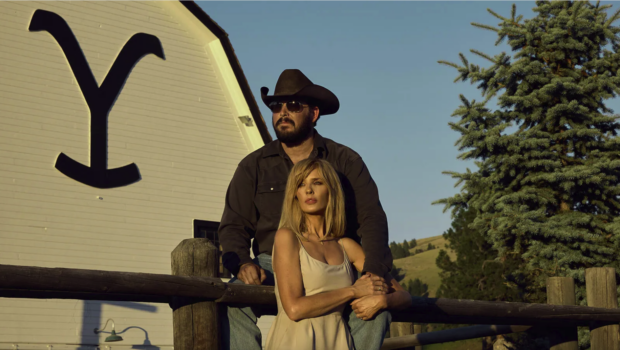A hunting clergyman by the name of Reverend John Russell is credited as founding the Parson Russell Terrier breed. In the early 19th century he bought a mainly white terrier bitch by the name of Trump, reportedly from a milkman. Trump who would go on to produce several sporting terriers, by fox terriers, which were purposely bred to go to ground to bolt the fox or badger. Rev Russell’s aim was to breed terriers that would flush the fox out of the earth rather than attacking them.
The Parson Russell Terrier has therefore been developed to have enough pace and stamina to keep up with the horses out hunting, as well as being small and nimble enough to fit down earths, where it would nip and yap to send the fox out into the open.
Originally this terrier was called the Parson Jack Russell, and is a fairly new terrier breed having only been officially recognised by the Kennel Club in 1990. Jack was dropped from the title in 1999, and now the Parson Russell and Jack Russell Terrier are recognised as two different – though very similar – breeds. The slightly larger Parson Russell is more popular in the show ring but is an equally popular pet and working dog – although opportunities are limited for them in that respect nowadays. They are, however, superb ratters, so are a good fit for stable yards, as well as being a handy size for riding in the horsebox to keep you company on trips.
They are playful, sociable, energetic and fun, and typically happy around children so make a great family pet.

Parson Russell terrier: fact file
Kennel Club breed group: terrier
Size: small
Daily exercise: an hour a day
Coat: smooth or rough; shedding.
Colours: black/white; lemon/white; lemon, tan/white; tan/white; white; tricolour; white/tan; white, black/tan. Dark, almond-shaped eyes.
Lifespan: more than 12 years.
Bark: they tend to be profuse barkers, and can be excessive if they don’t expend enough energy.
Distinctive features: a workmanlike and agile dog built for stamina and endurance. Despite their small stature (dogs 36cm at the withers, bitches 33cm), they have a comparatively long and free stride.
Temperament: bold and friendly.
Things to consider: while slightly larger than its cousin the Jack Russell, this is still a small breed. As such, a small dog bed is ideal as they enjoy snuggling up in a cosy place.
Whether they have a smooth or rough coat, they require regular (weekly) brushing to keep their coats in good nick, with a specialist dog brush.
Training: they have a high prey drive, and can have a stubborn streak so need firm and consistent recall training. They can also bark and dig to the point of annoyance so this requires careful management to stop the dog barking or digging in the garden and becoming a nuisance. But ensuring they are busy, well socialised and active, with interesting training methods and you should keep them on side. Keeping the minds active and the bodies tired is key.
Try mini agility, flyball and scent training to keep them focused.

Parson Russell Terrier Owner’s Manual
This book has all the answers you need when researching this feisty and affectionate terrier.

All about the Jack Russell Terrier, a breed loved by our King and Queen

Does your pooch make the cut? The 15 most popular dogs in the UK – and some may surprise you

Meet 7 of the world’s smallest dog breeds

25 fabulous facts about dogs

Take your pooch on your cycling adventures with the best bike-compatible dog carriers

Subscribe to Horse & Hound magazine today – and enjoy unlimited website access all year round
Horse & Hound magazine, out every Thursday, is packed with all the latest news and reports, as well as interviews, specials, nostalgia, vet and training advice. Find how you can enjoy the magazine delivered to your door every week, plus options to upgrade your subscription to access our online service that brings you breaking news and reports as well as other benefits.





